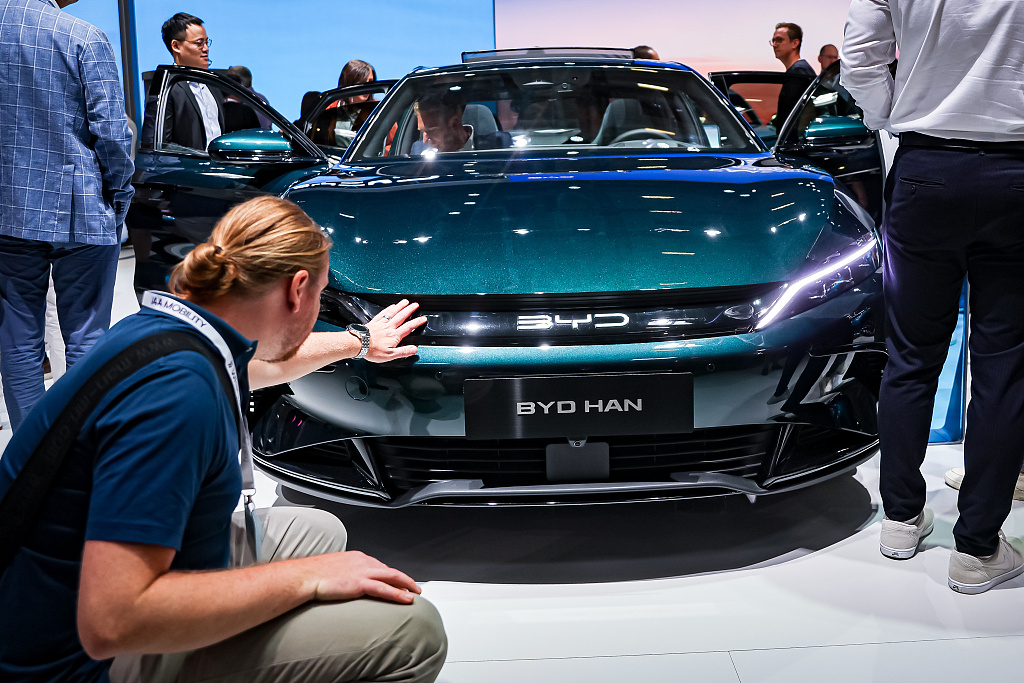
China has stepped up the design of its new energy vehicle (NEV) industry to facilitate the sector's high-quality development and consolidate its strong growth momentum.
Most recently, the National Development and Reform Commission and three other authorities released a guideline to strengthen the integration of NEVs into the country's power grid.
By 2025, China's preliminary technical standards system for this integration will be established, and its time-of-use electricity pricing mechanism for NEV charging will be implemented fully and optimized.
By 2030, NEVs will be an important part of the country's electrochemical energy storage system, per the guideline.
China has released a series of plans and guidelines for the NEV industry, outlining the sector's development path and aiming to accelerate the country's transition into an automotive industry powerhouse.
In November 2020, China unveiled a development plan for the industry from 2021-2035, listing five strategic tasks: improving the country's technological innovation capacity, building new types of industry ecosystems, advancing industrial integration and development, perfecting the country's infrastructure system, and deepening opening-up and cooperation.
In April last year, the Political Bureau of the Communist Party of China Central Committee met to analyze the national economic situation and economic work, and the meeting underlined the importance of consolidating and expanding the development advantages of NEVs.
In June 2023, a guideline for the continued improvement of NEV charging infrastructure stressed the need for efforts to build a well-structured charging network in urban areas, focusing on the coverage of charging piles in residential and business areas, as well as in areas centered on commerce, industry and leisure. An effective charging network will also be built in rural areas, according to the guideline, and demonstration counties and towns should be built for the construction and application of charging infrastructure.

China has also worked to unleash its domestic NEV consumption potential over the last year. In a major move, it extended its preferential purchase tax policy for NEVs to the end of 2027 in June 2023.
Local governments also implemented specific incentive measures at the end of last year to stimulate consumption. The city of Suzhou in east China's Jiangsu Province, for example, introduced a digital yuan subsidy policy for car buyers.
China's NEV manufacturers wrapped up 2023 with a better-than-expected performance, with wholesale sales of new energy passenger cars estimated to have surged 38 percent to 8.88 million units, according to data released by the China Passenger Car Association.
Among the many NEV producers that have seen booming sales, the Shenzhen-based BYD became the world's leading seller of pure electric vehicles in the fourth quarter of 2023. The auto company announced sales of 526,409 all-electric cars between October and December, surpassing Tesla's sales in the same period.
With strong policy support in place and greater domestic demand set to be unleashed, the sector is off to a good start this year. Industry insiders are predicting more powerful growth, expecting the production and sales volumes of Chinese NEVs to ramp up further.